Nicolaus Copernicus was a Polish astronomer born in February 1473 who realised that the Earth orbits the Sun. This idea was strongly opposed at the time as many people believed objects orbited around a central Earth.
The model proposed by Copernicus was called Heliocentrism.
What is Heliocentrism?
Heliocentrism ( helios means Sun ) is where the Sun is motionless at the centre with other planets rotating around it in circular paths. We now know that this is absolutely how things work, and it seems very obvious, but Copernicus didn't have the tools we have today. His ideas marked the beginning of modern astronomy.
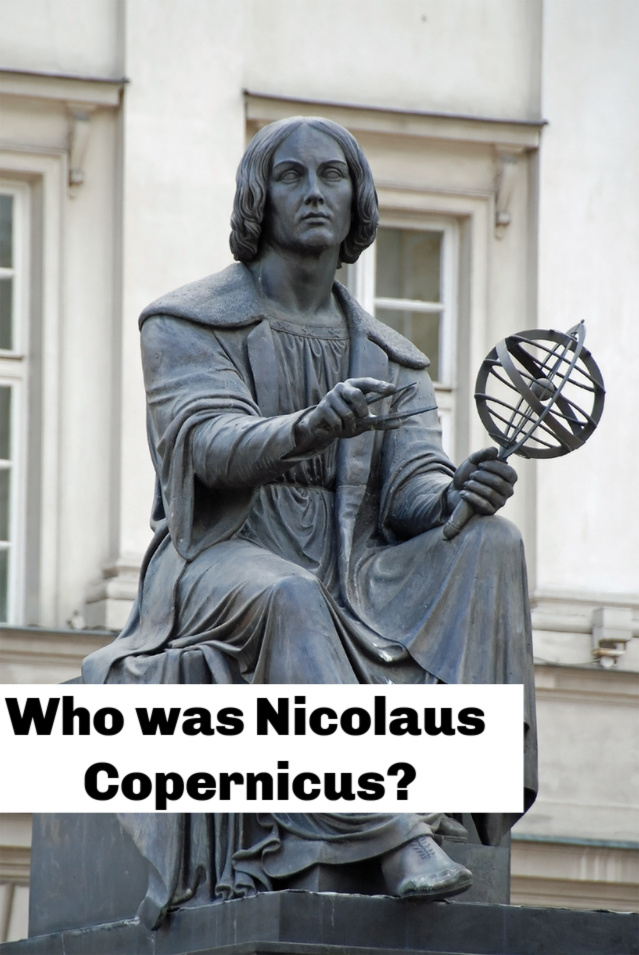
Facts about Nicolaus Copernicus
- Copernicus was also a physician, scholar, economist, translator, mathematician and artist!
- Nicolaus Copernicus was born on February 19th 1473.
- His theory of Heliocentrism was proposed in his book De revolutionibus orbium coelestium
- The chemical element Copernicum (symbol Cn and atomic number 112 ) is named after Copernicus.
- Nicolaus Copernicus was one of the great polymaths of his time. A polymath is someone brilliant at lots of different things. Aristotle, Archimedes and Leonardo Da Vinci were also great polymaths.
This easy activity helps children visualise how the Sun, Earth and Moon move around each other to demonstrate Nicolaus Copernicus's theory.
Heliocentrism Activity for Kids
Materials
Black cardboard
Yellow, blue and grey paper or card
Stapler
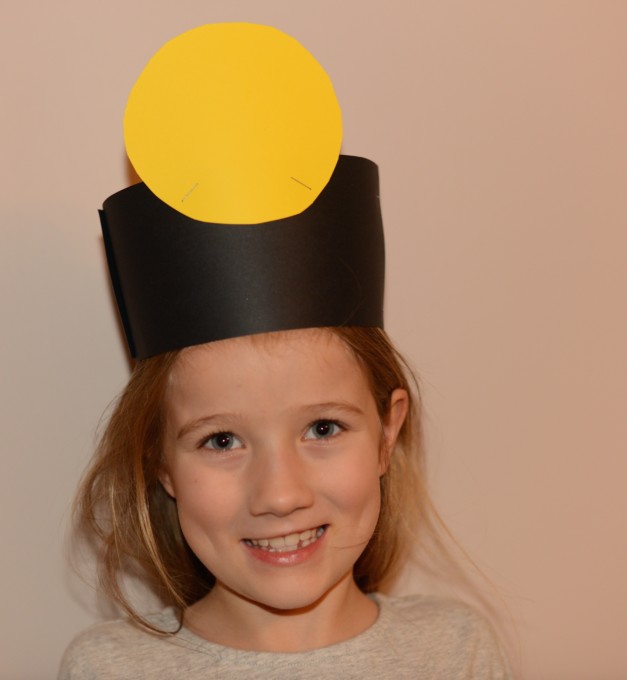
Instructions
You'll need three children to take part in the demonstration. One will be the Sun, one the Moon and one the Earth.
Make three hats to represent the Sun, Earth and Moon using cardboard and a stapler or glue.
Ask the Sun to stand in the centre and the Earth to walk around the Sun in a circle. The Moon should then walk around the Earth in a circle as the Earth circles the Sun.
More Heliocentrism Ideas
How many other planets can you add to your demonstration?
Try thinking about how long it takes the Moon to orbit the Earth and how long it takes the Earth to orbit the Sun and ask the children to change their walking speed to reflect this.
Create a moving model of the Sun and Earth to show how the Earth orbits around the Sun.
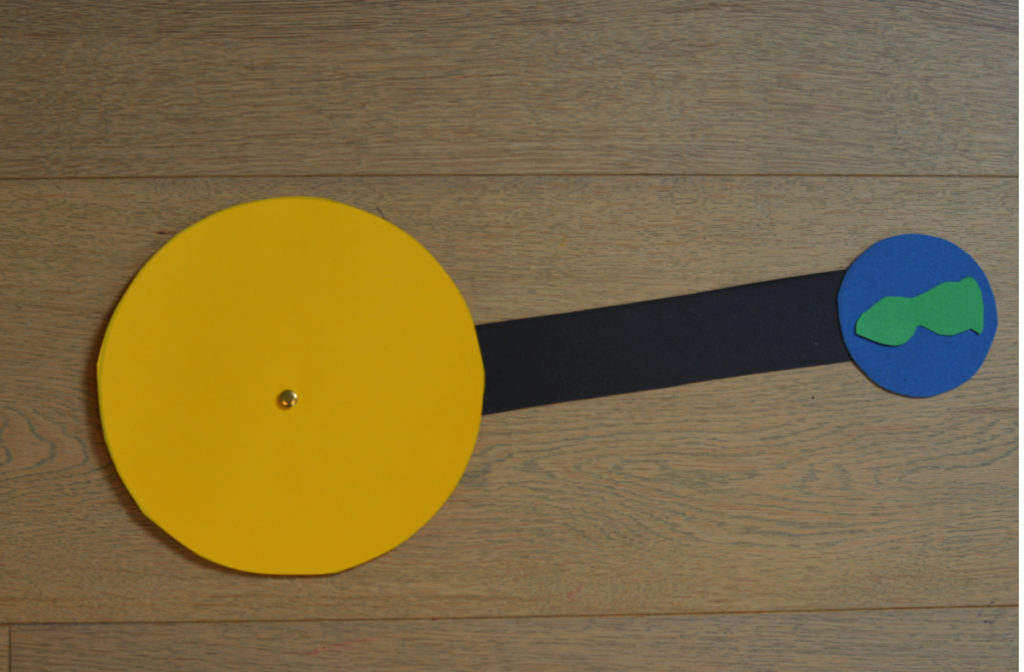
If you enjoyed this activity, don't forget to look at my other solar system activity ideas.
If you want to discover more science activities based around the discoveries of famous scientists we have those too!
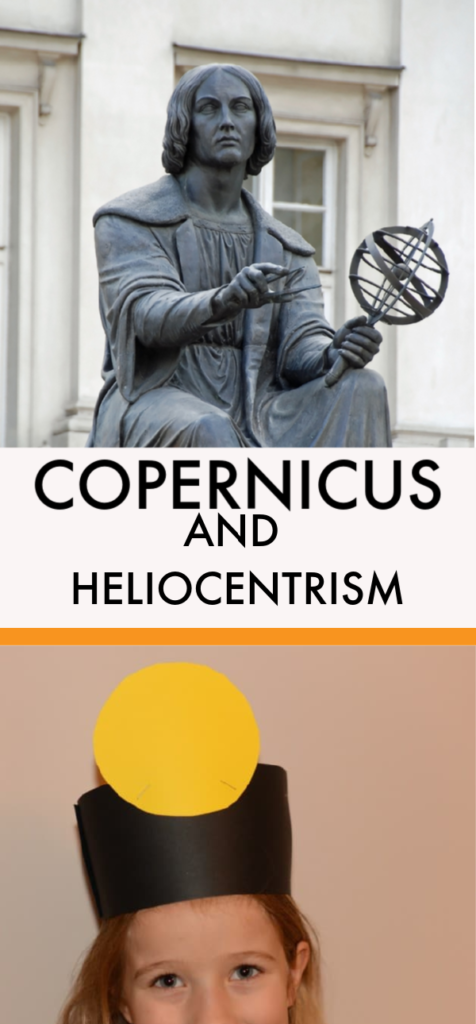
Last Updated on January 11, 2024 by Emma Vanstone



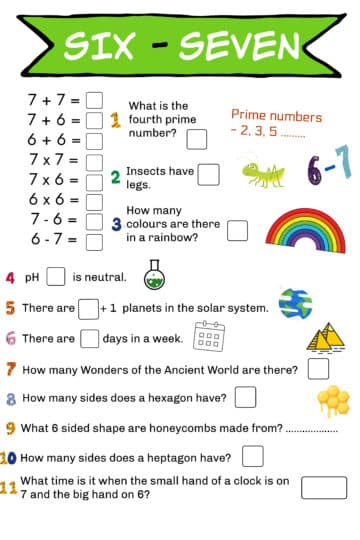
Leave a Reply